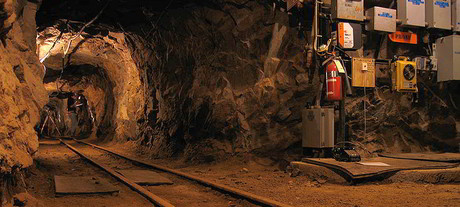Research for new mining comms

To keep workers connected and safe underground, most mining companies employ cable-based or wireless communications solutions that require expensive equipment.
During disasters such as cave-ins, fires and floods, cables can bend, systems can break and miners suffer the consequences.
A newly funded project led by Colorado State University (CSU) engineers is aimed at providing miners a low-cost, high-fidelity communication system that bypasses GPS, wireless, cellular and other signals.
The ‘wireless cyber-physical framework’ for miners would use standard smartphones and low-cost wireless sensing.
It would eliminate the need for expensive handheld and communication equipment, and give miners an extra edge of safety, whether for day-to-day communication or during an emergency.
The US National Science Foundation has awarded a three-year, US$750,000 grant to a team led by Sudeep Pasricha, associate professor in the Department of Electrical and Computer Engineering at CSU.
The grant enables the team to continue developing a cyber-physical wireless network that Pasricha and former students developed, for which a proof of concept was published in 2015.
They called their localisation system LearnLoc, and tested it in CSU buildings.
Bringing the network to a mining environment presents new challenges, Pasricha said. Devoid of any normal wireless communication signals, mining tunnels are unforgiving and unpredictable, twisting many kilometres underground.
“It is much easier to localise a person in a building than in a very harsh, underground environment,” Pasricha said.
The researchers will field-test their system in Colorado School of Mines’ Edgar Mine, used for research and education. They also will partner with Hecla Mining in Idaho, which has expressed interest in the proposed technology.
While useful for mining, the technology could lead to a host of other applications in the realm of next-generation smart workplaces and various IoT applications. It could also be used in the aftermath of disasters for survivor rescue efforts.
RFUANZ report: setting the frequency for success in 2025
Last year brought a lot of internal change for RFUANZ, but the association has hit the ground...
ARCIA update: an extended event calendar for 2025
With the addition of Tasmanian events and a conference in Adelaide in September, 2025 will see...
ARCIA update: plans for 2025
ARCIA will be holding a mixture of workshop, conference and networking events in 2025, in the...





